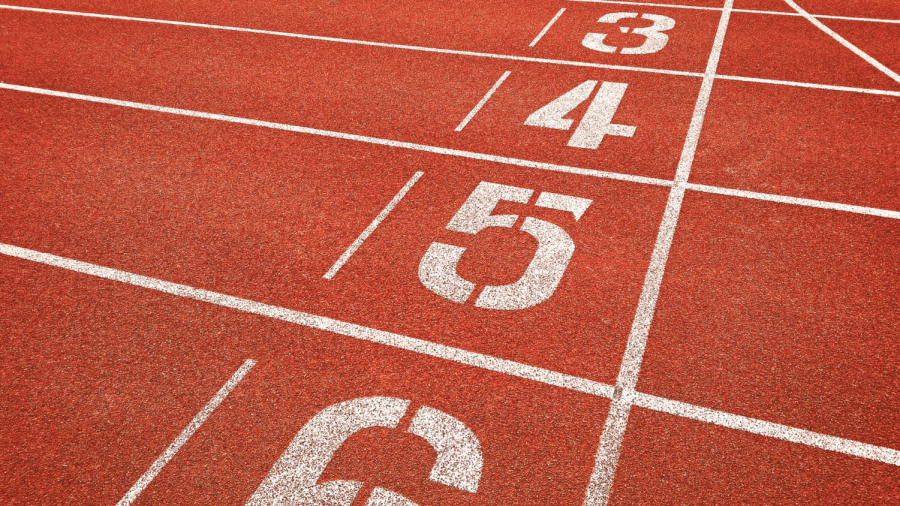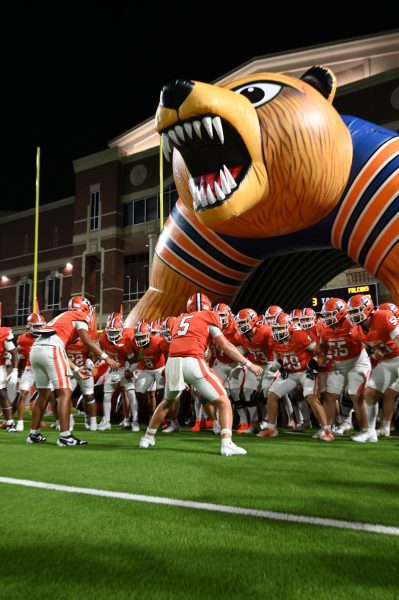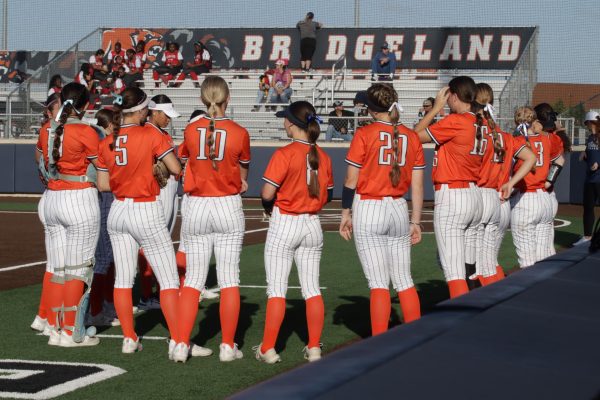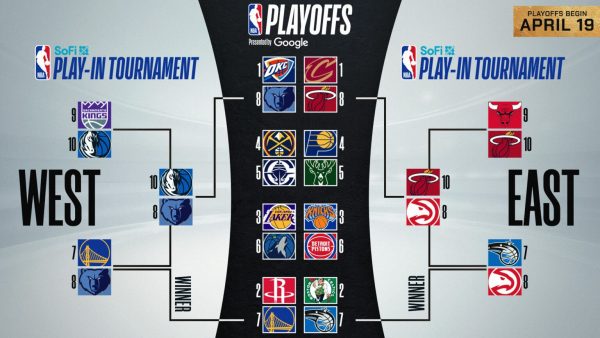Slow and steady
A short guide to understanding track and field
Track and field athletes, similar to every other sport, compete to win. Additionally, only a select few sports, like track and field, can be considered individual sports. This element of the sport means track and field can be a little more complicated to understand, especially since it consists of a variety of unique events.
A common occurrence when referring to track and field is to leave out the word “field.” Track only encompasses the running events: hurdles, relays, sprints and long distance. Field, on the other hand, is separate from the track lanes and refers to events that include jumping and throwing. Even though it is assumed that saying “track” includes track and field, it’s important to distinguish the two.
For some, the sport is tough to watch and stay engaged with because it seems as though the only thing happening is eight people eager to be the first to cross the line. Also, if you’re not paying close attention, the race is over just as quickly as it started. Despite this, track is one of the most entertaining sports to watch when you know what to watch for.
ON YOUR MARKS
Most sports play games, but track and field athletes compete at meets. A meet is a term used to describe the entirety of all the events. Events describe the races, throws and jumps that occur. Now that you’re daring to venture to a track meet, it’s important to note the terms that track athletes use.
One of the most used terms for track and field athletes is PR (Personal Record). If an athlete refers to their PR, they are talking about their fastest time, furthest throw or longest jump in an event. Getting a new PR is a big deal because it means they’re improving.
Heat is another common term referring to the group that a runner will compete in. Let’s say a runner is competing in the 100 meter sprint, but there are more than eight people running that race. Runners will be placed in heats so that multiple groups can compete in the 100m or the event taking place. Flights is another word with a concept similar to heats, but flights correspond with field events. Usually, heats and flights are separated by PRs.
Starting blocks are what runners get their feet set on to give them a better start to a race. These metal blocks are tailored to each runner’s comfort to ensure that their start is strong. Blocks are mostly used in sprinting events while long distance runners begin races without them.
GET SET
Track and field can take place indoors and outdoors, but in high school, events most commonly take place outdoors. Not to mention, the track and field season occurs during the winter months, so it’s very likely that you’ll need to bundle up with layers and a blanket or bring an umbrella while enjoying an event.
Bringing snacks is essential too. Not just for you, but also for the person you went to watch and support. After an event is over, they are more than likely going to be exhausted. Snacks high in sugar and salts like candy or pickles will help an athlete’s body recover along with protein bars or trail mix.
Track meets are long and draining days. Not only should you be charged but so should your phone. A portable charger will ensure you have plenty of entertainment in between events while you’re waiting for the one you want to watch.
GO
Now that you’ve been given the basics on all things track and field, you should have no trouble navigating the meet. Grab a few snacks, dress for the weather and enjoy the events.

Charleigh Thomas is the news and sports editor for The Bridge. Although she stays pretty busy with clubs and basketball, she always makes time for her...











